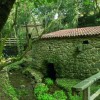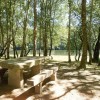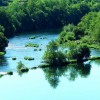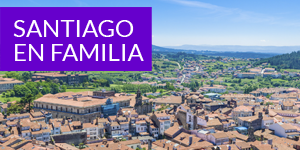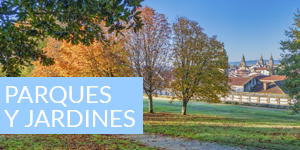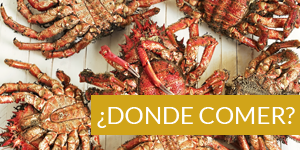- Accede I
- Regístrate I
- carrito
Os Castros de Toiriz
En el sitio denominado Os Castros existe un castro, yacimiento arqueológico de la Edad de Hierro, al que recientemente los arqueólogos le han dado el nombre de Castro de Toiriz, tomado de la aldea más próxima. El Castro consta de dos recintos amurallados, uno casi circular situado en la parte superior del cerro, en la corona (Eira dos Mouros) y otro, que se desarrolla en una cota inferior pegado al anterior por la parte sur y este. Hacia la parte exterior de este último recinto aparece en paralelo un sistema defensivo compuesto de foso y parapeto.
Este castro no ha sido excavado, si bien por las características de su localización y por los restos de cerámicas que se encontraron, los arqueólogos calculan que la aldea fortificada pudo ser levantada hacia el siglo IV a.C. Además de este valor patrimonial, Os Castros de Toiriz son punto de referencia para numerosas leyendas populares que dotan a este lugar de un misticismo especial. El conjunto castreño se encuentra profusamente indicado con mesas explicativas tras la restauración llevada a cabo con el esfuerzo del Colectivo pola Recuperación de Os Castros de Toiriz en el año 2010.
El clima benigno de la zona permitió la diversidad forestal, sobre todo, como no podía ser menos, de la existencia de árboles míticos y cargados de leyendas como los robles (quercus robur) y los castaños (castanae sativa) que rodean el entorno del castro. También otros termófilos, propios de las formaciones mediterráneas, que en la posición de solana y de suelos bien drenados aprovechan la situación como el laurel (laurus nobilis). El bosque se ve intercalado con alguna existencia de pino, tocones de eucaliptos cortados y zonas abiertas con matorral de tojos (ulex) y retama (cytisus).
Esta área presenta una elevada formación libre geológica en la que predominan las rocas graníticas, aprovechadas por los antiguos pobladores de la zona, que son frecuentemente sobrevolados por cuervos (corvus corax) y algún ejemplar de halcón (falco peregrinus).








